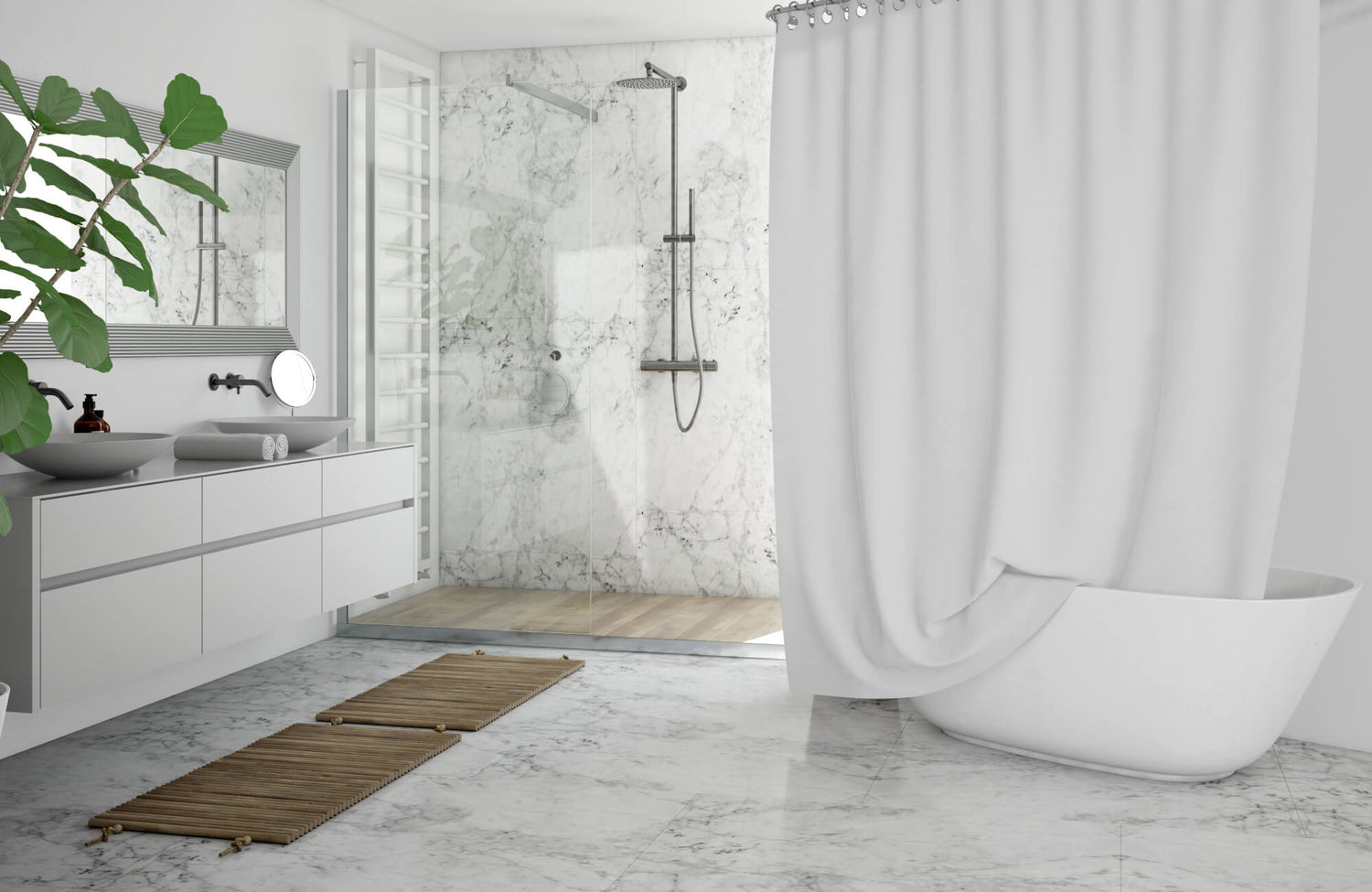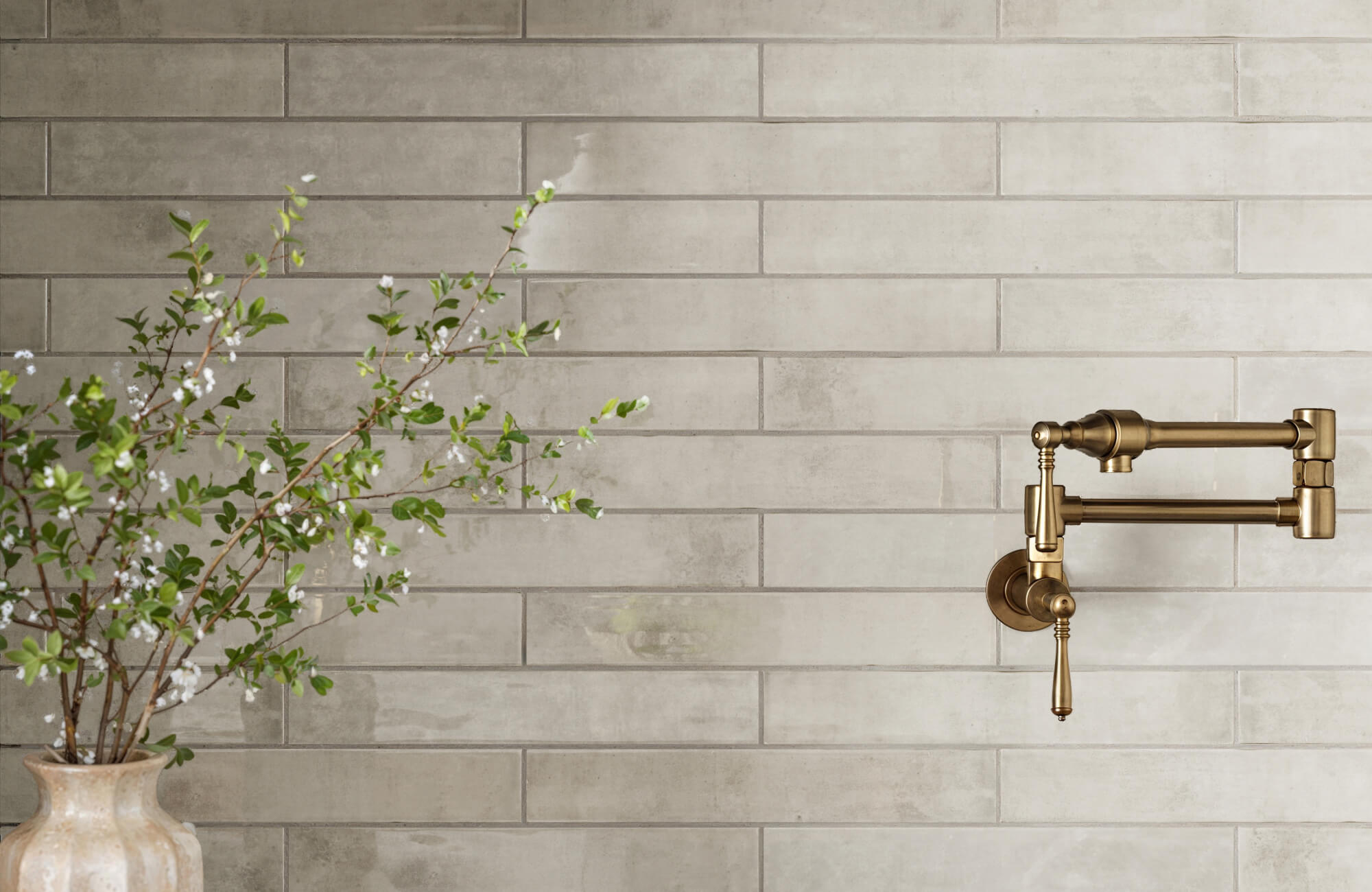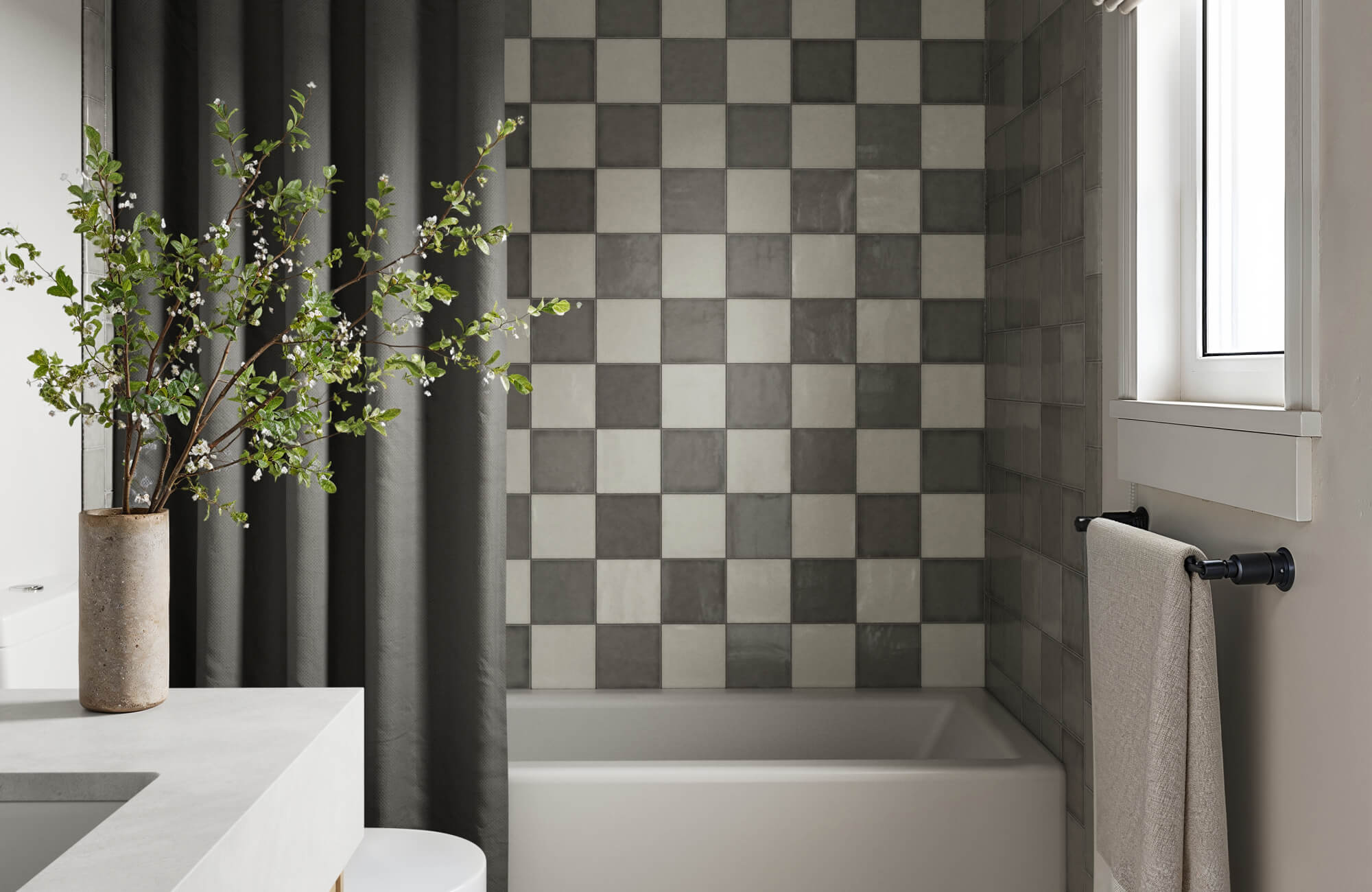Marble has long been a coveted material for its beauty and elegance. Its use in homes, commercial spaces, and even sculptures is widespread. However, the allure of marble comes with certain drawbacks, including high cost, susceptibility to stains and scratches, and environmental concerns associated with its extraction. Fortunately, a variety of alternatives, like marble look tiles, offer comparable aesthetics and superior performance. This article explores these options, delving into their characteristics, advantages, and disadvantages.
The Beauty and Complexity of Marble
Marble, a metamorphic rock, is formed when limestone undergoes intense heat and pressure over millions of years. This process recrystallizes the calcium carbonate within the limestone, resulting in a material with a distinct, often veined appearance. Composed primarily of calcite, marble is known for its hardness and durability, though its susceptibility to acid and its porous nature require specific care.
Marble has captivated humans for millennia due to its striking beauty and versatility. Its unique patterns and colors, ranging from pure white to dramatic blacks and grays with intricate veining, have inspired artists and architects for centuries. From ancient Greek and Roman sculptures to iconic buildings like the Taj Mahal, marble has been employed to create masterpieces that stand the test of time.
Despite its beauty, marble presents several challenges. Its porous nature makes it susceptible to stains, especially from acidic substances like wine, juice, and oil. Scratches can also mar its surface, requiring careful handling and maintenance. Moreover, cleaning marble can be time-consuming, as it demands specific cleaning agents to avoid damaging the stone. Beyond aesthetic concerns, the extraction of marble carries environmental implications, including land disturbance, water pollution, and energy consumption. Given these considerations, many people are turning to alternatives like porcelain, ceramics, quartz, and other materials, which offer similar beauty but with fewer drawbacks and reduced environmental impact.

Natural Stone Alternatives
When selecting materials for countertops, flooring, or other features, natural stones offer a range of choices beyond traditional marble. Each type of stone brings its own unique attributes, benefits, and aesthetic appeal. In this guide, we’ll delve into four popular natural stone alternatives to help you make an informed decision based on durability, style, and functionality.
Granite
Granite is an igneous rock formed from the slow cooling of magma beneath the Earth's surface. Composed primarily of quartz, feldspar, and mica, granite is known for its exceptional hardness and durability. Its crystalline structure contributes to its resistance to heat, scratches, and stains, making it an ideal choice for busy areas and kitchen countertops. Although granite offers a wide range of colors, from classic black and gray to exotic reds and greens, its overall aesthetic tends to be bolder and less delicate compared to marble.
Quartzite
Quartzite is a metamorphic rock formed when quartz-rich sandstone is subjected to intense heat and pressure. This transformation results in a material that is exceptionally hard and resistant to scratching and staining, often exceeding the durability of granite. Quartzite also shares a similar appearance to marble, with a wide range of colors and patterns, including veining and cloud-like formations. However, due to its rarity and the specialized process involved in its extraction and fabrication, quartzite tends to be more expensive than other natural stone options.
Limestone
Limestone is a sedimentary rock primarily composed of calcium carbonate. Formed from the accumulation of shells, coral, and other organic debris, limestone is characterized by a softer, more porous texture compared to granite or quartzite. Its color palette is also vast, ranging from creamy whites to warm beiges and even dramatic blacks. Although limestone offers a classic and elegant look, its susceptibility to scratches and stains requires careful maintenance. Additionally, its lower density compared to other natural stones may limit its use in busy areas.
Soapstone
Soapstone is a metamorphic rock composed primarily of talc. Its unique composition gives soapstone a smooth, velvety texture and a cool touch. Due to its low porosity, soapstone is highly resistant to stains and bacteria, making it a popular choice for kitchen countertops and bathroom vanities. While soapstone is naturally heat-resistant, it is relatively soft and can be easily scratched. To protect its surface and enhance its appearance, soapstone typically requires sealing. Although soapstone comes in various shades of green and gray, its color options are also more limited compared to other natural stone alternatives.

Exploring Alternative Materials
When considering surfaces for your space, other material options offer practical alternatives to natural stone. They combine durability with aesthetic versatility, providing choices that cater to various design preferences and functional needs. Each material also brings its own set of benefits and considerations, making it important to understand their unique properties to select the best fit for your space.
Porcelain
Porcelain is a material made from refined clay, quartz, and feldspar, fired at high temperatures to create a dense, non-porous surface. Known for its exceptional hardness and durability, porcelain is highly resistant to scratches, stains, and heat. Its versatility also allows for a wide range of colors, patterns, and even the imitation of natural stone textures. Marble look tiles made from porcelain are highly resistant to scratches, stains, and wear, making them a smart choice for nearly any space, especially for flooring and bathroom applications, where both style and performance are essential.
A great example is our Aniston 24x48 Matte Porcelain Tile in Calacatta Viola, shown in the image above, which features a luxurious veining pattern, commonly recognized for its striking white background with rich, violet and burgundy marble-like accents. This tile blends the aesthetic appeal of high-end marble with the resilience of porcelain, making it an ideal choice for both residential and commercial spaces that demand beauty without compromising on durability.
Ceramics
Ceramic materials, made from clay and fired at high temperatures, are renowned for their classic appeal and adaptability. They come in various styles and finishes, including glazed and unglazed options, which make them suitable for a range of applications, from kitchen backsplashes to shower walls. Ceramic marble look tiles are also durable, easy to clean, and resistant to moisture, though they can be prone to chipping and cracking under heavy impacts. Their versatility in design and color makes them a popular choice for both traditional and modern interiors.
One elegant option is our Julianna 4x12 Glossy Ceramic Tile in Carrara, which features a soft white marble appearance, adding a touch of sophistication to any space. Its glossy finish and classic dimensions make it especially well-suited for the backsplash and wall applications, seamlessly blending style with practical performance.
Solid Surface
A solid surface is a man-made material composed of acrylic or polyester resins mixed with mineral fillers. This combination creates a seamless surface that is available in a wide range of colors and patterns. Solid surface is relatively easy to repair and maintain, making it a popular choice for countertops, bathroom vanities, and other surfaces. However, it is more susceptible to scratches and heat damage compared to porcelain. Although it can be repaired, deep scratches or burns may be noticeable.
Recycled Glass
Recycled glass countertops are made from crushed glass mixed with a resin binder. This eco-friendly material offers a unique, visually appealing appearance with a variety of colors and textures. Glass countertops are highly durable, resistant to stains, and heat-resistant. However, the color options are often limited compared to other materials, and the manufacturing process can be more expensive, resulting in a higher overall cost. Although recycled glass is eco-friendly, the resin binder used may have environmental implications.

Key Considerations for Choosing the Perfect Marble Alternative
Choosing the right material to replace marble involves multiple factors that cater to both practical and aesthetic needs. Each material offers distinct advantages and considerations, making it crucial to evaluate how these factors align with your specific requirements. From daily usage to environmental impact, understanding these elements will help you make an informed decision and ensure that your chosen alternative meets both your style and functionality needs.
Tailoring Materials to Your Needs
The intended use of the material is a crucial factor in selecting the right alternative to marble. For busy areas like kitchens and bathrooms, durability and stain resistance are paramount. Porcelain and glazed ceramics are excellent choices due to their hardness and non-porous surfaces. This is clearly demonstrated in the elegant kitchen shown in the photo above, where the backsplash features our Aniston 3x12 Polished Porcelain Tile in Calacatta Quarzite. With its refined soft gray veining, the white tile adds a sophisticated marble look while offering the practical benefits of polished porcelain, ideal for both aesthetics and everyday performance in busy areas.
Conversely, for less busy areas and a focus on aesthetics, softer stones like limestone or marble alternatives with delicate veining may be preferred. Additionally, consider the specific needs of the space. For example, a kitchen countertop might require heat resistance, while a bathroom vanity may prioritize a luxurious appearance.
Balancing Cost with Value
Porcelain and glazed ceramics are excellent alternatives to marble, balancing cost with value. These materials are known for their hardness, durability, and non-porous surfaces, making them resistant to wear and moisture. They are also generally more affordable than natural stones and require less maintenance over time, reducing long-term expenses. Moreover, porcelain marble look tiles offer a long-lasting option suitable for various applications, while glazed ceramics provide a robust and water-resistant finish. Therefore, weighing initial costs against long-term maintenance and lifespan is essential when choosing these materials.
If you want to see how these tiles will look in your own space, try our augmented reality (AR) feature, which lets you visualize selected designs directly in your space before making a decision.
Assessing Maintenance Needs
Different materials require varying levels of care and maintenance. Natural stones like marble and limestone often demand sealing to protect against stains, while porcelain and ceramic marble look tiles are generally low-maintenance. Some materials, such as soapstone, may also require regular oiling to preserve their appearance. Therefore, it is important to consider the time and effort you are willing to invest in upkeep when making your choice. For optimal results and lasting beauty, it is best to adhere to the manufacturer's recommendations for cleaning and maintaining the specific material you select.
Choosing Eco-Friendly Options
For environmentally conscious consumers, the environmental impact of material production and disposal is a significant consideration. Recycled glass countertops offer an eco-friendly option, while some natural stones may have higher energy consumption and carbon footprints associated with their extraction and processing. Porcelain marble look tiles are another sustainable choice, often made from abundant natural materials and designed to be long-lasting, reducing the need for frequent replacements. Similarly, ceramic marble look tiles are produced with minimal environmental impact and can be made from recycled materials, offering both durability and sustainability. It's also essential to research the sustainability practices of manufacturers and consider the material's recyclability or potential for repurposing at the end of its life.
Considering Practicalities
The complexity of installation and fabrication can vary depending on the material. Some materials, like porcelain and ceramic marble look tiles, may offer prefabricated options for quicker installation, while natural stones often require custom fabrication to fit specific spaces. Also, consider the availability of skilled installers in your area and the potential for customization to achieve your desired look. Additionally, factors such as the material's thickness and weight can impact installation difficulty and costs. To ensure the best results, always verify with the manufacturer if the specific tile is rated for your intended use and consult with a professional for expert guidance.
Finding Your Perfect Marble Alternative
Marble look tiles, particularly those crafted from porcelain and ceramics, have emerged as the ultimate alternative to natural marble, offering a stunning replication of its timeless elegance with none of the traditional drawbacks. Combining sophisticated veining, diverse color options, and superior durability, these tiles deliver the beauty of marble while minimizing concerns over maintenance, staining, and environmental impact. Whether used in busy kitchens, serene bathrooms, or luxurious living spaces, marble look tiles provide a practical, cost-effective, and sustainable solution that fulfils both aesthetic and functional needs.
If you are seeking additional guidance, Edward Martin offers expert design consultation services to help you navigate your choices. Our team can provide personalized recommendations and solutions tailored to your specific needs, ensuring you find the perfect marble alternative that enhances your space and aligns with your vision.








